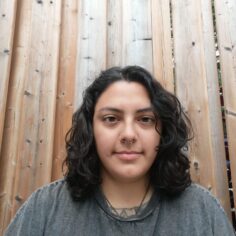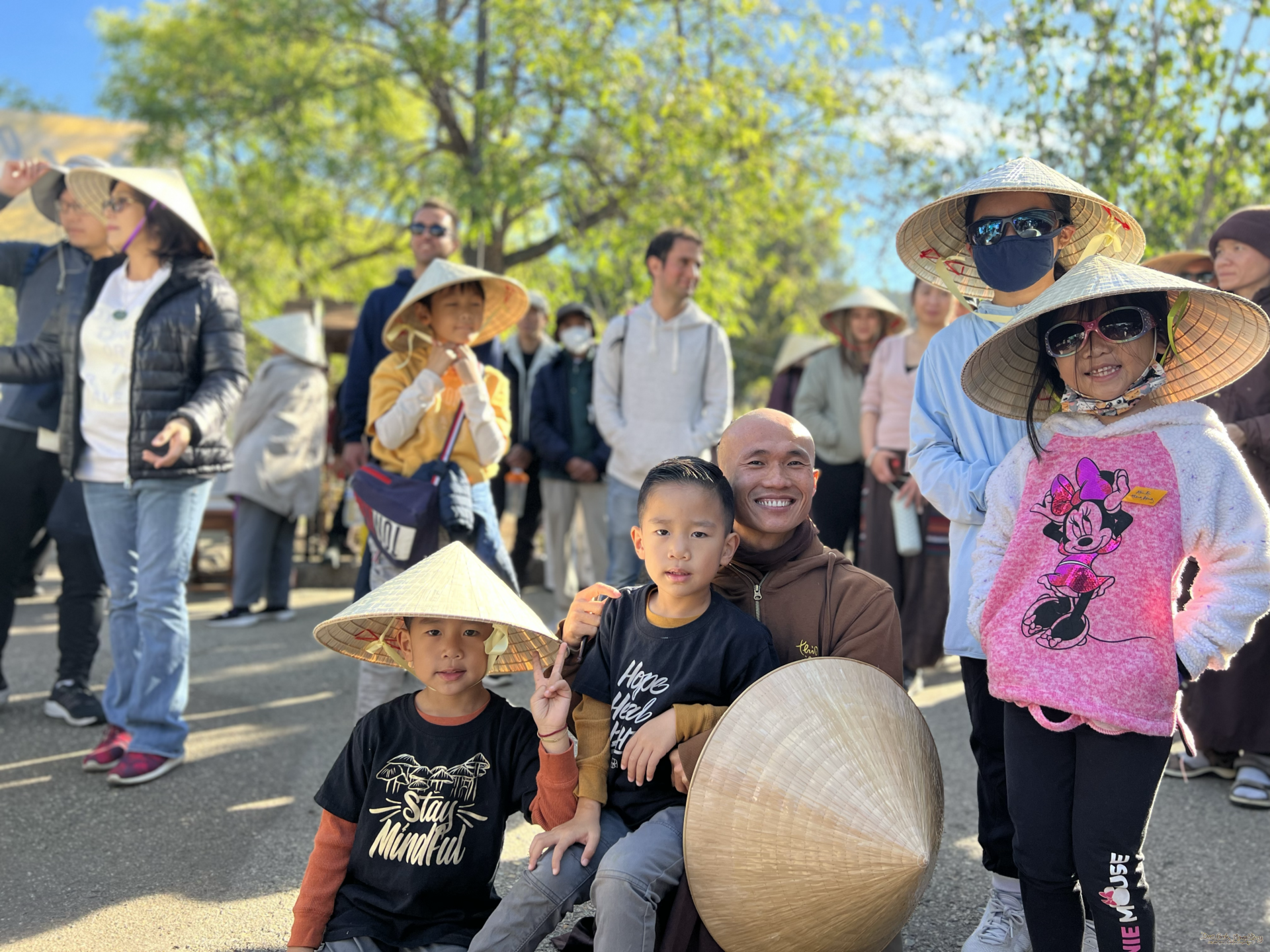By Stef Rodriguez Bathgate on
For most of my life, I have been in pain.
When I was younger, I spent countless nights crying due to the aching of my small body.
As I grew into my teenage years, the physical pain transitioned into an emotional one that often led to screaming fits of rage. It felt like a black hole waiting to swallow me alive.
By Stef Rodriguez Bathgate on
For most of my life, I have been in pain.
When I was younger, I spent countless nights crying due to the aching of my small body.
As I grew into my teenage years, the physical pain transitioned into an emotional one that often led to screaming fits of rage. It felt like a black hole waiting to swallow me alive.
As a university student, I was diagnosed with borderline personality disorder (BPD). I learned this mental illness is often a result of childhood trauma—of not having your emotional needs met during your formative years. My mother was a single parent; both she and my father were immigrants to the country where I was born. As a result, I was raised without much familial connection. My father was inconsistent, randomly appearing and disappearing throughout my childhood. This left my mother alone with the financial and emotional burden of raising me, a mixed-race child living in a country where my mother had little to no support. I spent a lot of time by myself, trying to process feelings and experiences that were much too complicated for me to properly understand.

For years I carried a deep sense of hurt and blame for my parents. I resented them for not providing me with a stable environment, for not seeing how much I needed people to rely on when I was younger. When I came to the Plum Village tradition, I had been practicing meditation for a few months, but had not yet touched my deep longing to reconcile with the trauma I carry. In the first book I ever read by Thích Nhất Hạnh–Peace is Every Step–Thầy writes, “When we look at our parents with compassion, often we see that our parents are only victims who never had the chance to practice mindfulness. They could not transform the suffering in themselves.” I still remember the feeling I had when I got to this point in the book; it was like being able to see the blue sky after a summer storm. I began to practice breathing meditation with the goal of creating more space within me for compassion for my parents. I started to think back to stories I had been told of their own childhoods: my father growing up in a developing country, my mother struggling to feel seen by her siblings and parents. Although they had lived lives very different from each other, they had both risked traveling to a foreign country in the hopes of building a better future for themselves. Amidst all the chaos and turmoil of their journeys, my parents fell in love, got married, and eventually had me. I was a direct result of the decisions they made; I am a continuation of their stories.
I can choose—each and every day—to find a few moments to breathe deeply and learn to forgive the faults of my past self, my parents, and their parents before them.
One of the most healing things that I received from the Plum Village tradition is the ability to understand my past and still find happiness in the present moment. A parent myself, I have a lived experience of a traumatic childhood where I felt insecure and emotionally stunted. Yet, I have the ability to provide my son with a more understanding and compassionate environment by learning to ease the suffering I still carry. My mental illness is a part of my psyche, and my trauma still creates physical pain in my body, but I can choose—each and every day—to find a few moments to breathe deeply and learn to forgive the faults of my past self, my parents, and their parents before them. I cannot go back in time and rewrite my history, but I can live in the here and now and learn how to become a better communicator about what I am feeling and how I am being triggered.
I still struggle a lot with understanding and processing my anger or pain—sometimes habits return and I want to cry or scream or fight the world—but now I have tools to guide me in learning to stop, return to the breath, and find a more peaceful resolution for the emotions building up inside me. I have even been able to take the beautiful lessons I have been learning from Thầy’s teachings and share them with the listeners of my podcast, helping create space for others with similar experiences to listen to what I have learned and to feel supported in their own path of healing. Like many people with trauma, I had no hope of understanding why I am the way I am; now I see that only by giving myself space and time to process my childhood can I move into the future with more compassion and self-love. When I begin to feel the root of anger and fear building up within me, I now have tools to ground myself in my body and allow my breath to carry me through my pain. Like my favourite gatha explains, “Feelings come and go like clouds in a windy sky. Conscious breathing is my anchor.”


